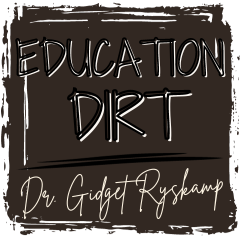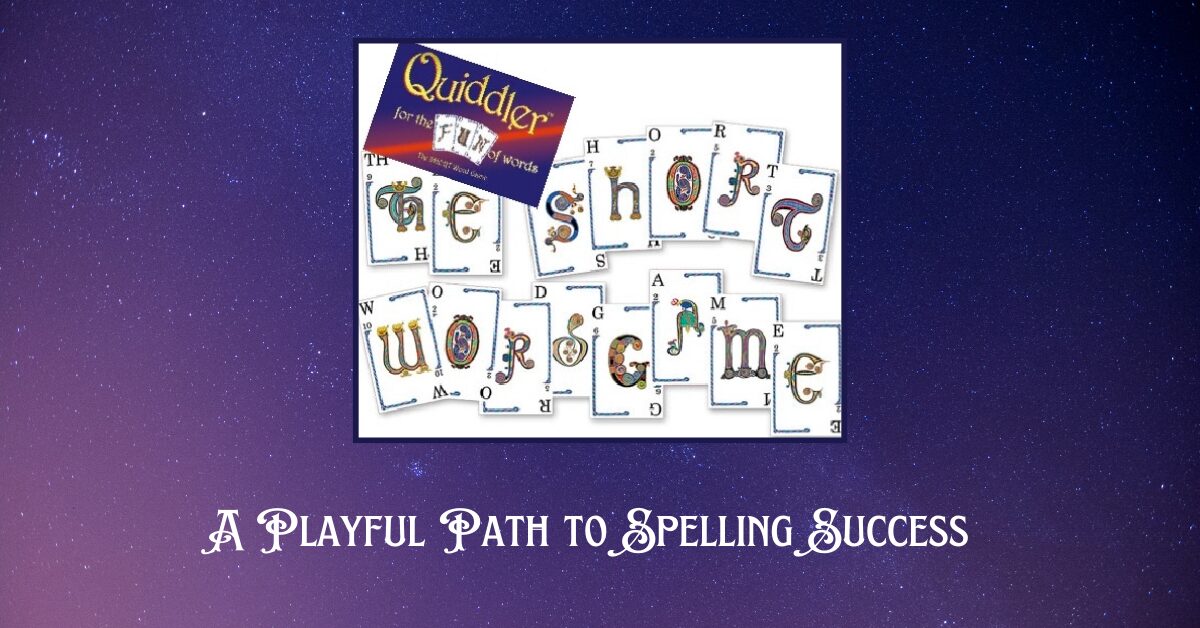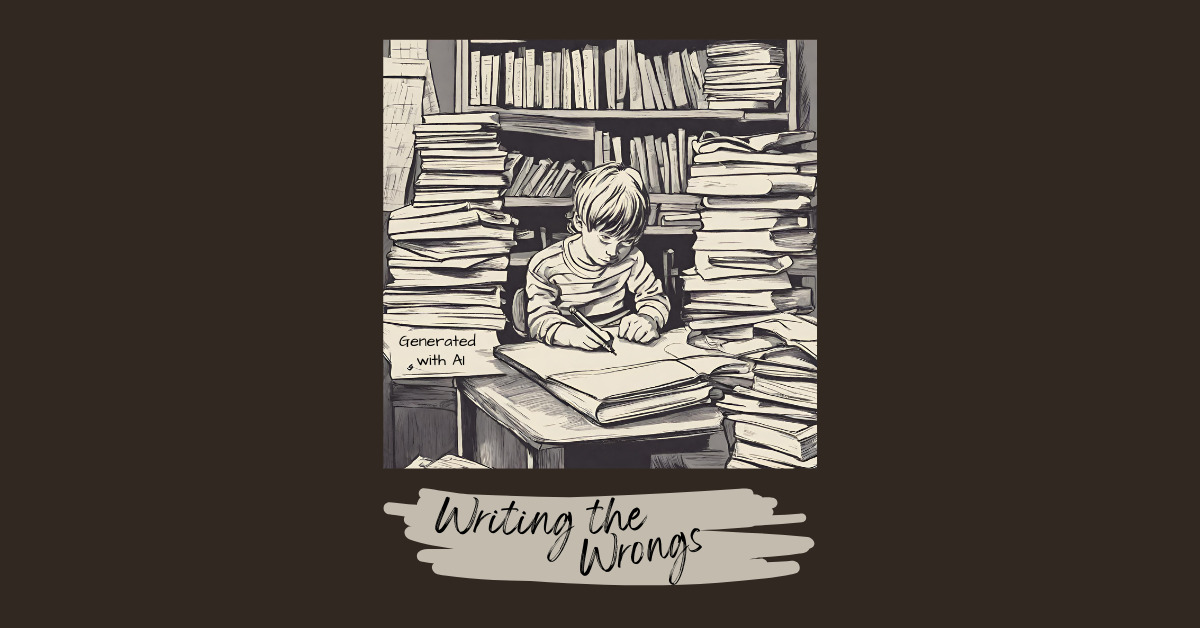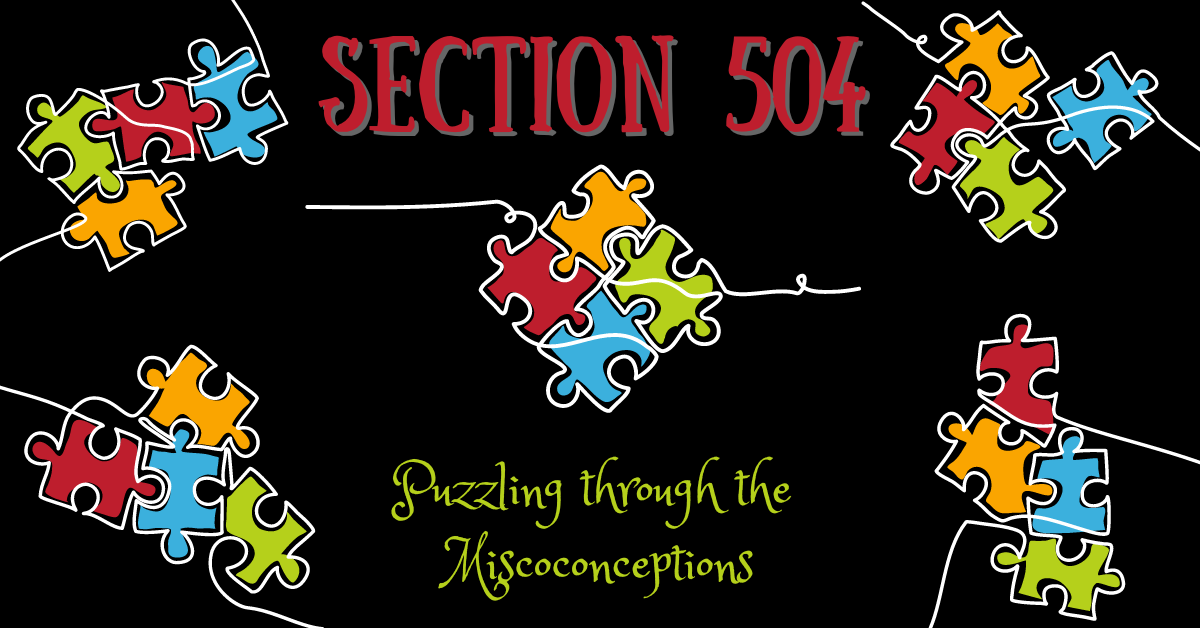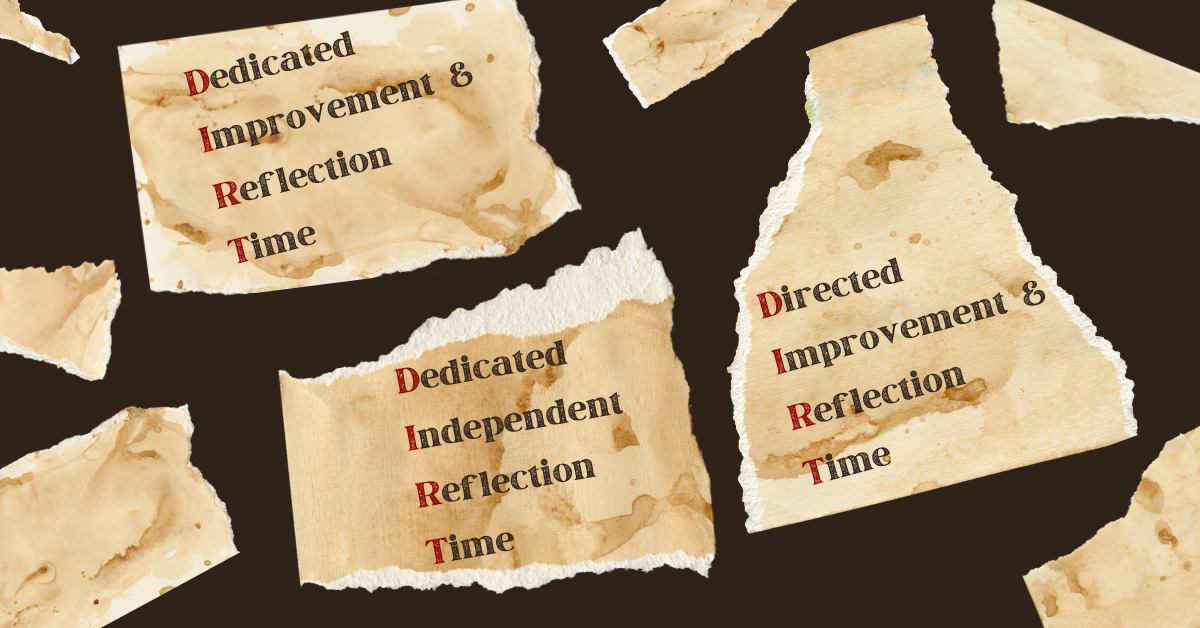In the realm of education, finding innovative and engaging ways to reinforce spelling and reading standards is crucial for fostering a love of language in students. One such method that combines the joy of gaming with the educational benefits of language development is the use of the Quiddler card game. Quiddler, a game that challenges players to create words from a set of letter cards, offers a delightful and effective approach to address spelling standards while promoting a variety of language skills. In this blog post, we will explore how Quiddler can be a valuable tool in the classroom or at home for enhancing spelling and reading proficiency.
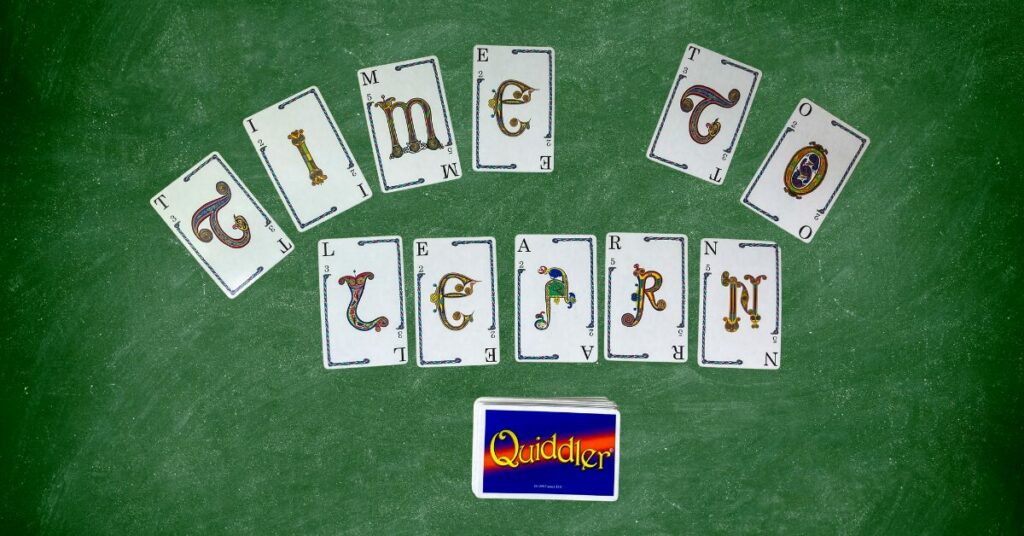
- Word Creation Challenges: Quiddler is essentially a word creation game where players are dealt a set of letter cards and must use them to form words. This simple yet effective mechanic encourages players to think critically about word structure and spelling. By engaging in the process of assembling words from a limited set of letters, players naturally strengthen their spelling abilities. Adhere to the instructions included with the game or devise your own set of rules. When engaging younger children, consider setting a maximum card limit below the standard 10 cards stipulated by the rules for a more age-appropriate challenge.
- Vocabulary Expansion: Beyond basic spelling, Quiddler promotes vocabulary expansion. The game encourages players to explore and experiment with language, as they strive to create longer and more complex words. This not only enhances spelling but also exposes players to a broader range of vocabulary, contributing to their overall language proficiency. To assist children with this aspect of spelling, allow them to use a dictionary to look up words. Have them read the word and definition to add a pronunciation check as well as adding a reading component.
- Reading Comprehension: Quiddler is not just about creating words; it also involves reading. Players must read and understand the words they and their opponents form during the game. This reading comprehension aspect adds another layer of language skill development. Moreover, observing the words others create can introduce players to new words and reinforce spelling patterns. Consider having each player read another player’s words.
- Adaptability for Different Skill Levels: Quiddler is designed to be adaptable to different skill levels. Whether you’re working with elementary school students or older learners, the game can be modified to suit the participants. This flexibility makes it a versatile tool for educators and parents looking to address spelling and reading standards across various age groups.
- Social Interaction and Collaboration: Language is a social construct, and Quiddler emphasizes this by promoting social interaction and collaboration. Playing the game in a group setting encourages discussion and exchange of ideas, creating an environment where language skills are not only developed individually but also shared and reinforced collectively. This would be a great game for teachers to incorporate in small-groups. Some ideas for using the game in connection with Common Core Standards is below.
In the quest to enhance spelling and reading standards, Quiddler emerges as a fun and effective ally in the educational toolkit. This game effortlessly weaves together spelling challenges, vocabulary expansion, reading comprehension, and social interaction. Whether used in the classroom or at home, Quiddler is a playful path to spelling success that fosters a love for language while addressing critical language arts standards. So, why not shuffle the deck, deal the cards, and let the language learning adventure begin?
Ways to use Quiddler to Enhance Spelling and Reading Skills
Phonological awareness is the skill of recognizing and manipulating the audible components of words, essentially involving the ability to discern sounds. It encompasses phonemes, rime, onset, and syllables. Developing phonological awareness lays the foundation for decoding, blending, and proficient word reading.
Phonemic awareness is a subset of phonological awareness, concentrating on the smallest sound unit, the phoneme. It involves grasping that spoken words and syllables are comprised of sequences of speech sounds. Proficiency in identifying and manipulating phonemes is vital for effective reading preparation.
Both phonological and phonemic awareness are centered on sounds, while the introduction of letters and their corresponding sounds delves into the realm of phonics. Quiddler is particularly aligned with phonics, integrating letters and spelling into the learning experience. However, you can encourage participants to employ cards for phonetic spelling, aiding in the reinforcement of specific sounds and pronunciations.
Explore the following strategies to seamlessly integrate spelling and reading skills into the Quiddler game. Regardless of the strategy you opt for, you have the flexibility to determine the quantity of cards in each player’s hand, as well as the number of letters and/or cards allowed in forming the words. For some strategies, especially when playing with multiple participants, it can be advantageous to use two decks of Quiddler cards.
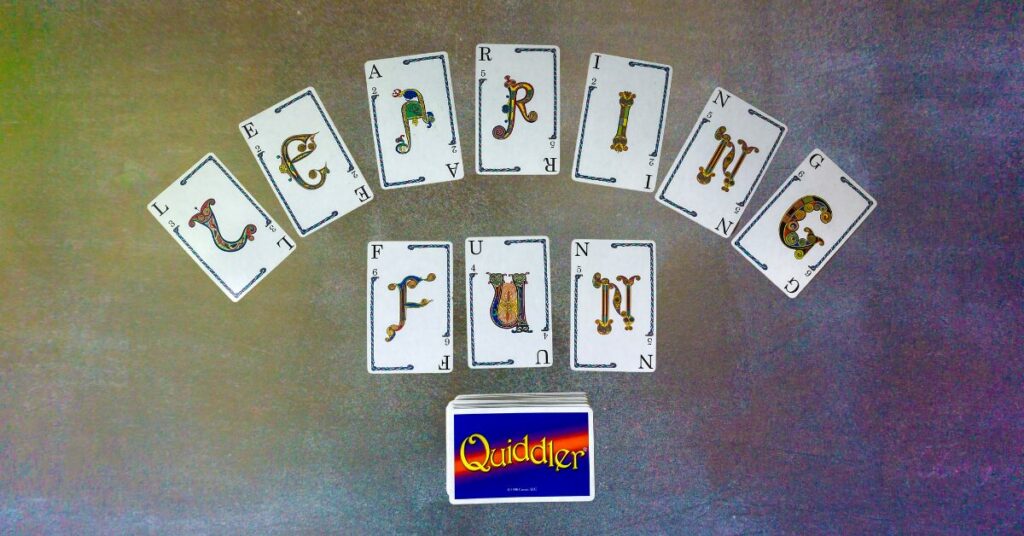
Syllables
For younger participants, opt for specific syllable types such as closed, silent e, or open, establishing a rule for word creation. For instance, you might set the rule for words with only one vowel, where the vowel is the last letter of the syllable. This rule allows players to form words like “he,” “she,” “be,” “no,” “go,” “flu,” “by,” “why,” etc.
As players progress in their proficiency, introduce more complex syllable patterns like VCCV, -CLE, or affixes. For instance, you could set the rule for words ending in “ly.” Since there might not be enough cards for everyone to create the “ly” ending, players would need to utilize cards to construct the beginning of the word after establishing the ending on the table.
Blending Parts of a Word
- When focusing on a particular onset (initial sound), place that sound on the table. Next, permit each player to use their cards to form the ending of the word. Encourage players to read aloud the initial sound, followed by the ending, and finally, read the complete word.
- When concentrating on a particular rime (word ending), position it on the table. Then, guide players to utilize their cards in selecting the beginning sound. Encourage each player to articulate the chosen beginning sound along with the given word ending, and then read both components together to construct a complete word.
- Utilize cards to lay out a grapheme (e.g., “as,” “ai,” “ugh”) on the table. Subsequently, encourage players to construct words incorporating each specified grapheme.
- Employ two cards to position a digraph (e.g., “sh,” “ch,” “th,” “ph”) on the table. Afterward, prompt players to form words utilizing each designated digraph.
- Lay cards on the table to introduce a morpheme (e.g., “non-,” “-er,” “-est,” “-ion”). Task students with crafting words using each specified morpheme.
Discover New Words
For more advanced players, encourage group play with either the provided rules or custom rules you’ve set. An intriguing concept for those skilled in spelling is to impose a rule allowing only unfamiliar words or those with meanings not already known. Players are prompted to explore dictionaries, expanding their vocabulary in the process. This not only enhances spelling accuracy but also cultivates valuable research and reference skills.
Let’s Play!
Quiddler, beyond being a game, emerges as a dynamic educational tool that nurtures spelling excellence and vocabulary enrichment. Its versatility allows educators and learners alike to tailor the game to their specific needs, making the learning process enjoyable and effective. So, let the cards shuffle, and embark on a language mastery journey with Quiddler—an engaging ally in the quest for spelling and vocabulary brilliance.
To explore specific instances of incorporating ELA standards related to spelling, refer to the Quiddler Education Examples.
Connecting to the Common Core Standards Initiative
The recommendations outlined in the previous section, “Ways to use Quiddler to Enhance Spelling and Reading Skills,” offer a valuable approach to meeting the ELA standards related to spelling. To identify the specific standards corresponding to these suggestions, refer to the CCSI standards listed below. Find more information and insights by reading the Common Core Standards Initiative for English Language Arts & Literacy.

Kindergarten
RF.K.3b: Associate the long and short sounds with common spellings (graphemes) for the five major vowels.
L.K.2d: Spell simple words phonetically, drawing on knowledge of sound-letter relationships.
Grade 1
RF.1.3a: Know the spelling-sound correspondence for common consonant digraphs.
RF.1.3b: Decode regularly spelled one-syllable words.
RF.1.3e: Decode two-syllable words following basic patterns by breaking the words into syllables.
RF.1.3g: Recognize and read grade-appropriate irregularly spelled words.
L.1.2d: Use conventional spelling for words with common spelling patterns and for frequently occurring irregular words.
L.1.2e: Spell untaught words phonetically, drawing on phonemic awareness and spelling conventions.
Grade 2
RF.2.3b: Know spelling-sound correspondences for additional common vowel teams.
RF.2.3c: Decode regularly spelled two-syllable words with long vowels.
RF.2.3e: Identify words with inconsistent but common spelling-sound correspondences.
RF.2.3f: Recognize and read grade-appropriate irregularly spelled words.
L.2.2d: Generalize learned spelling patterns when writing words (e.g., cage → badge; boy → boil).
L.2.2e: Consult reference materials, including beginning dictionaries, as needed to check and correct spellings.
Grade 3
RF.3.3d: Read grade-appropriate irregularly spelled words.
L.3.2e: Use conventional spelling for high-frequency and other studied words and for adding suffixes to base words (e.g., sitting, smiled, cries, happiness).
L.3.2f: Use spelling patterns and generalizations (e.g., word families, position-based spellings, syllable patterns, ending rules, meaningful word parts) in writing words.
L.3.2g: Consult reference materials, including beginning dictionaries, as needed to check and correct spellings.
Grade 4
L.4.2d: Spell grade-appropriate words correctly, consulting references as needed.
Grade 5
L.5.2e: Spell grade-appropriate words correctly, consulting references as needed.
Grades 6, 7, & 8
L.6.2b, L.7.2b, & L.8.2b: Spell correctly.
Grades 9-10
L.2c: Spell correctly.
Grades 11-12
L.2b: Spell correctly.
College & Career Readiness – Conventions of Standard English #2: Demonstrate command of the conventions of standard English capitalization, punctuation, and spelling when writing.
